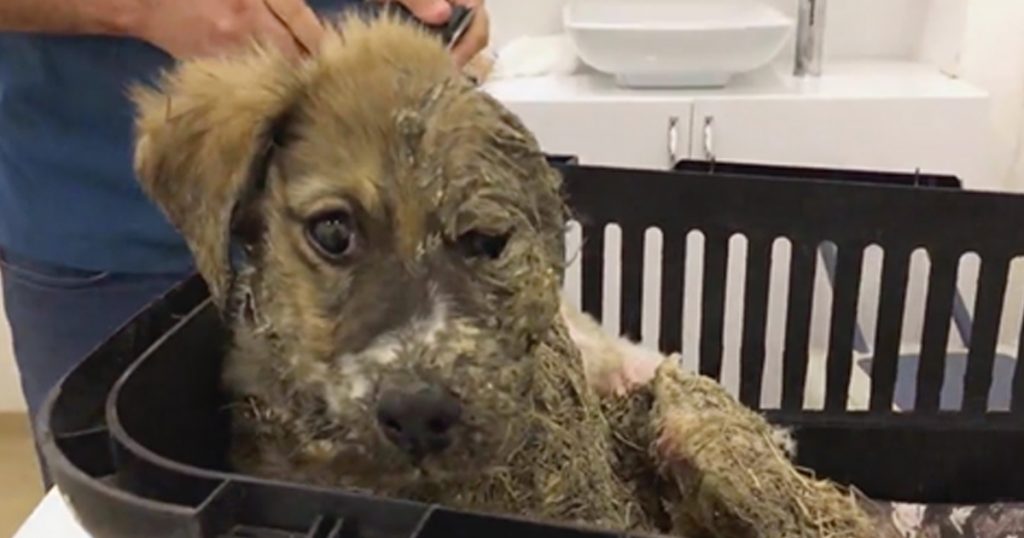Many of us don’t know that earwax isn’t just a build up of dirt in our ears. In fact, it’s produced by our bodies to prevent bacteria and dirt from entering via the ear canal. So, this sticky fluid actually helps keep our ears clean, healthy and working. The main components of earwax are flaky keratinocytes, long-chain fatty acids, both saturated and unsaturated, alcohols, squalene, and cholesterol.
However, despite how important this substance is, nobody wants to see it dripping out of somebody’s ear. So when you realize there’s too much in your ear, don’t hesitate to remove it with a moist cloth. If you decide to use a Q-tip, make sure not to insert it into the ear canal or you risk damaging the eardrum. Here are some examples of different colors of earwax and what they mean for your health:
1. Yellow, moist, and sticky

This is the most common type of earwax among adults. The moist, sticky texture helps prevent the ear canal from drying out and getting damaged.
2. Gray

Gray earwax may seem unusual, but don’t worry if you do see it. The gray color is usually the result of the ear’s natural cleaning process. But if the wax is dry and brittle and you feel itchy, it could be a sign of eczema. If you notice these symptoms, it’s best to see a doctor.
3. Light yellow

This is the most common color children have. They tend to produce much more earwax than adults, but as they grow older the production gradually slows down. It also tends to be softer and lighter than that of adults.
4. Sticky and dark

If the earwax is darker than normal, it means that the body is sweating more than usual. The darker the color, the more likely that this excess sweat results in body odor. Despite this, it’s still a totally healthy sign.
5. Dry, white, and flaky

This is a perfectly normal and healthy type of earwax. People who produce this type of earwax tend to have less body odor than those who produce darker earwax. It’s thought that this type is more common among Asian populations.
6. Moist and runny
It’s normal for earwax to come out of our ears from time to time, it’s just a part of the body’s natural cleaning process. But when the wax melts out of your ears in large quantities, containing pus or blood, it’s a sure sign of a perforated eardrum. In this case, seek medical attention immediately. It could also be cerebrospinal fluid.
7. Earwax with blood
Dried blood can sometimes appear in earwax. If you notice this, seek urgent medical attention, since this could indicate a perforated eardrum.

As you can see, earwax comes in a wide range of colors and most of them are completely healthy, even if they may not look like it. So, there’s no need to go inserting Q-tips deep in your ears.






